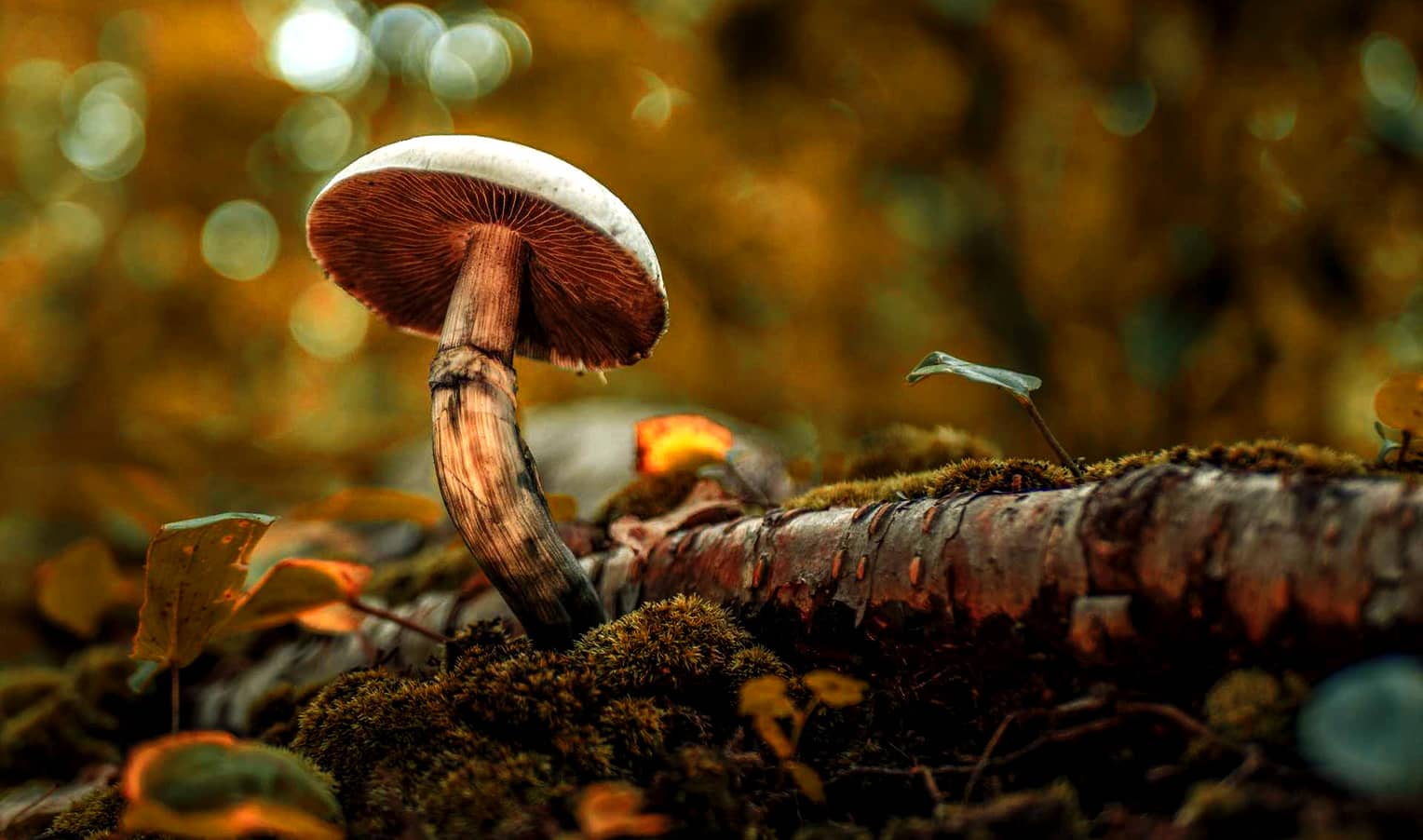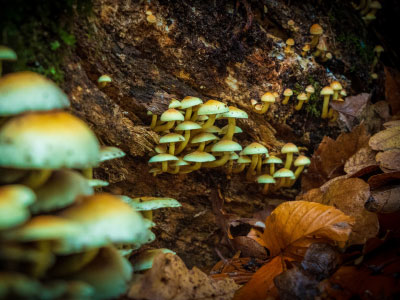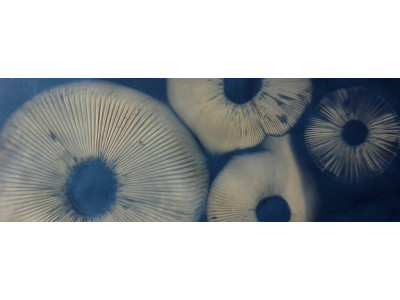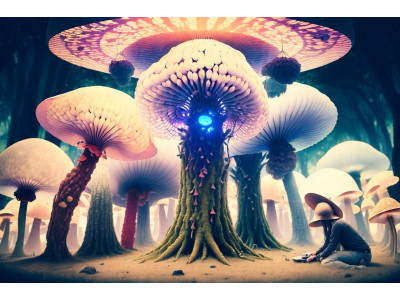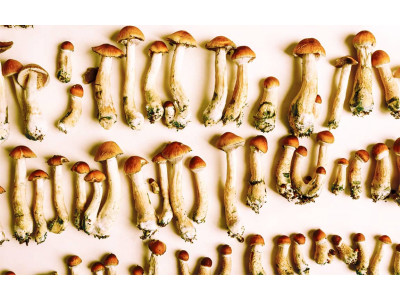Psilocybin mushrooms, also known as "magic mushrooms," contain the psychoactive compound psilocybin, which induces hallucinations, altered perception of reality, and emotional shifts. In Ukraine, as in many countries with a temperate climate, these mushrooms can be found in nature. Interest in them is growing among both mycologists and seekers of unusual experiences. However, it's important to understand not only where they grow, but also the legal, medical, and environmental aspects of their use.
What Are Psilocybin Mushrooms?

Psilocybin is a natural psychedelic found in certain species of mushrooms, primarily from the genera Psilocybe, Panaeolus, and Gymnopilus. Once ingested, it converts into psilocin — a compound that affects the brain’s serotonin receptors. This leads to an altered state of consciousness: perception of time and space changes, visual and auditory hallucinations occur, and emotions intensify. Effects can range from mild euphoria to complete detachment from reality, especially with high doses or under stress.
Legal Status in Ukraine
As of 2025, both psilocybin and psilocin are listed as prohibited psychoactive substances under Ukrainian law. This means that possession, cultivation, distribution, and use are subject to criminal liability. Even if the mushrooms are found in the wild, merely collecting them may be considered a legal offense. Therefore, any interest in these mushrooms should be strictly scientific and theoretical — otherwise, the consequences could be severe.
Where Do Psilocybin Mushrooms Grow in Ukraine?

Psilocybin mushrooms prefer moist and shady areas, especially those rich in organic matter. The most suitable conditions for their growth are found in the forests of Western Ukraine — primarily the Carpathians, where mixed and coniferous forests provide a favorable microclimate. In such environments — among moss, decaying wood, and fallen leaves — species like Psilocybe semilanceata and Gymnopilus junonius can be found.
In the northern regions, such as Polissia, these mushrooms may appear on forest edges and old clearings where high humidity and loose soil persist. Central Ukraine is no exception: in steppe and forest-steppe zones, in pastures and abandoned fields rich in humus or organic traces, mushrooms of the Panaeolus genus often appear — they especially favor manure-enriched soils.
Southern regions, with their river deltas, overgrown banks, and lowlands, can also host certain species, especially those that grow on decaying vegetation or damp soil. However, they are rarer there and only appear under suitable climatic conditions.
When Is the Best Time to Find Them?
The highest chance of finding psilocybin mushrooms is in the autumn — usually from late August to early November. Two factors are essential for their appearance: increased humidity and moderate temperatures. After heavy rains, especially when followed by cool nights and fog, mushrooms begin to fruit actively. An air temperature between +8 and +18 °C is considered optimal. Once frost sets in, the mushroom season ends almost instantly.
What Do Psilocybin Mushrooms Look Like?

The appearance of psilocybin mushrooms can vary by species, but there are common features that experienced mycologists use to identify them. Their caps are usually bell-shaped or conical, with a smooth or slightly slimy surface, often brown, gray, or even purplish in color. The gills on the underside are typically dark, nearly black.
The stem is thin, whitish or light brown, and fragile. One key sign is the blue staining of the tissue when damaged, especially at the cut. This is the result of psilocybin oxidation and is an indirect indicator of its presence. However, none of these traits are 100% reliable, as poisonous look-alikes — nearly indistinguishable from hallucinogenic species — exist in Ukraine's natural environment.
Why Should You Be Careful?
Collecting these mushrooms involves many risks. First, there’s a high chance of confusing them with toxic species, such as Galerina marginata — a deadly mushroom that closely resembles species of the Psilocybe genus. Second, even if properly identified, their psychological effects can be unpredictable: panic attacks, psychosis, and anxiety are possible. This is especially dangerous for individuals with unstable nervous systems or undiagnosed mental health conditions.
And finally — the legal aspect. In Ukraine, possession of even small amounts of psilocybin-containing substances carries criminal liability. In other words, simply having a wild mushroom with this compound in your backpack can lead to serious consequences.
Conclusion
Psilocybin mushrooms do grow in various regions of Ukraine — from the moist forests of the Carpathians to pastures and clearings in central areas. They represent a complex biological and psychological phenomenon that demands respect, knowledge, and extreme caution. Searching for these mushrooms in nature should be limited to research or scientific purposes — and even then, must be approached with full awareness. In a world where nature’s gifts can be both medicine and poison, knowledge is the best form of protection.
Important!!! This article is for informational purposes only. We do not promote the use of prohibited substances.

